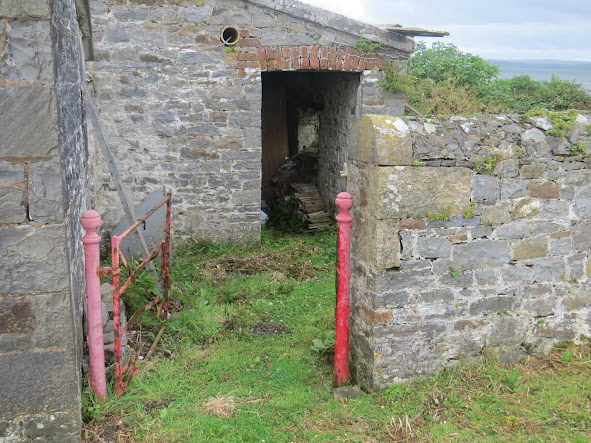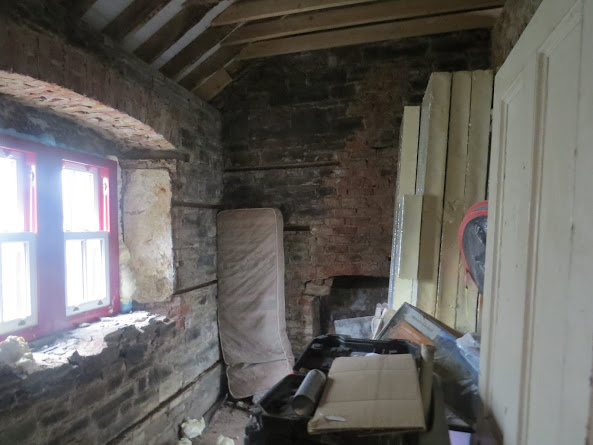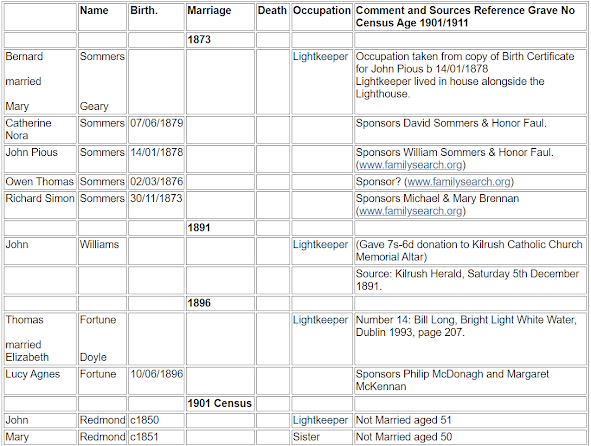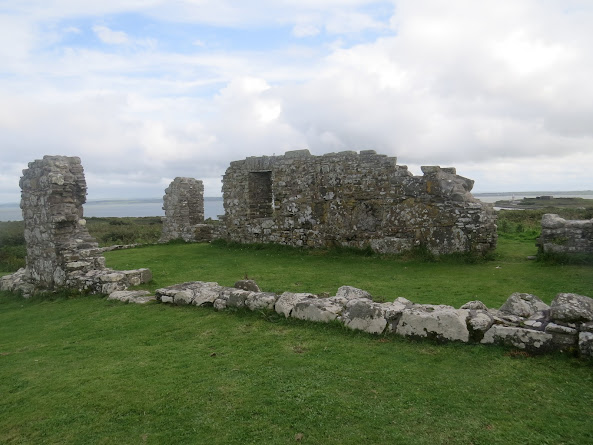A blog about Irish Lighthouses past and present and other selected maritime beacons and buoys of interest. If anybody has any corrections or additional info on any post, please use the comment section or the email address on the right.
Thursday, July 25, 2024
Dastardly deeds at Kilcredaun
Friday, December 29, 2023
Separated at birth, Kilcredaun and Carlingford?
Well, they are more commonly known as the Kilcredaun lighthouse in Carrigaholt, county Clare, on the northern shore of the Shannon estuary and the Haulbowline lighthouse at the entrance to Carlingford Lough.
Haulbowline c.1906 National Library of Ireland
Thursday, November 30, 2023
Scattery Island lighthouse
Scattery Island (Inis Cathaigh) was the bailiwick of St. Senan, who, like St Kevin of Glendalough, was one of Ireland's great misogynistic saints. It lies off Kilrush at the mouth of the Shannon estuary and for many years was the headquarters of the river pilot industry on the Shannon.
Thursday, September 14, 2023
The lightkeeper's dwelling on Scattery Island
Monday, September 4, 2023
Rinalan Point, county Clare and oil rustlers
Photo Alexander Trabas, Online List of Lights
Not so much a lighthouse. More of a 'light beacon' as Irish Lights calls it. Yes, Irish Lights, though at this stage I suspect it has been handed over to the Shannon Port Authority. When the powers that be came to divvying up responsibility for Shannon estuary lights, it was decided that everything between Loop Head and Beeves Rock (roughly where the River Fergus empties into the Shannon) should be Irish Lights (Kilcredaun, Corlis Point, Scattery Island, Tarbert and Beeves) while every light between Beeves and Limerick (Horse Rock, Sod Rock, Spillanes Tower etc etc) would come under the auspices of the Limerick Harbour, now the Shannon Port, Authority.
The Notice to Mariners for that year said it was an unwatched occulting white light, located 350 yards east of Rinalan Point on the north bank of the Shannon between Beeves and Tarbert. The light was 30 candle power, 13 feet above the high spring tides and was visible for eight miles. It would be exhibited from the top of an iron column painted with black and white bands atop a concrete platform.
In 1979, on the instructions of the representative of the late Patrick Cahill, the 'moderately sized farm' with its 'everlasting water supply' was put up for sale, thus ending the involvement of the Cahill family with the light.
Google Street map view

















































